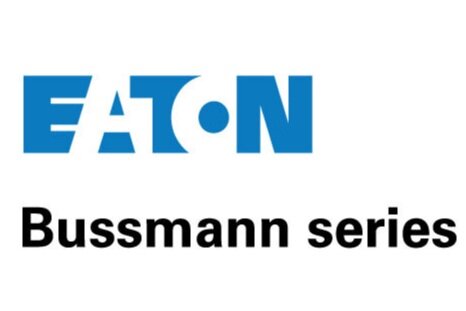Introducing the Bussmann series Quik-Spec Power Module switch elevator disconnect
The Bussmann™ series Quik-Spec™ Power Module Switch is an all-in-one elevator disconnect switch available in configurations to meet virtually any single elevator shutdown and disconnect requirement.
UL Branch Circuit Rated Fuses | Power Module Switches | Bussmann series | Eaton
Features:
30-400 amp 600 Vac 3-phase fused power switch
200 kA RMS Short-Circuit Current Rating (SCCR)
Shunt trip 120 V
Fire safety interface relay
Fire alarm voltage monitoring relay (to monitor shunt trip voltage)
Ground lug
Class J fuse mounting only
Mechanically interlocked auxiliary contacts for hydraulic elevators with battery backup (5 amp 120 Vac rated)
Ratings
Volts - 208, 240, 480, 600 Vac
Amps - 30, 60, 100, 200, 400
SCCR - 200 kA RMS
Agency information
UL® 98 enclosed and dead-front switch - Guide WIAX, WIAX7 (Canada), File E182262
cULus, NEMA® 1, UL 50, Listed enclosure cUL per Canadian Standards C22.2, No. 0-M91-CAN/CSA® C22.2, No. 4-M89 enclosed switch
U.B.C. and C.B.C. seismic qualified, and I.B.C. approved
Options:
Control power transformer with fuses and blocks
Key to test switch
Pilot light – “ON”
Isolated neutral lug2
NEMA 3R, 4, and 12 enclosures
Type 1 Surge Protection Device (SPD) - 50 kA surge current capacity
Quik-Spec power module switch resources found on Eaton.com:
Application notes
Power Module Switch Section-16xxx specifications No. 3208
Power Module Switch Section-16xxx specifications
Brochures
Bussmann series Quik-Spec family of products brochure No. 10015
A brochure on the Bussmann series Quik-Spec family of power distribution products including QSCP fusible panelboards, CUBEFuse safety switches, Power Module elevator disconnect switches and panels, and general information on selective coordination requirements of the National Electric Code® for Elevator Circuits: 620.62, Emergency Systems: 700.27, Legally Required Standby Systems: 701.18, Critical Operations Power Systems: 708.54, Essential Electrical Systems: 517.26.
Building Information Models
Power Module Switch Building Information Modeling, NEMA-1
Power Module Switch Building Information Modeling, NEMA-1
Product specification guides
Bussmann series Power Modual elevator disconnect checklist no. 10724
A list of six requirements to meet for complete elevator disconnect installation.


